Back-contact PV
Great Performance
About Us
About Us
We are glad to highlight some of the key benefits of the backcontact platform vs. traditional tabbing-and-stringing and/or wiring technology. Research, independently carried out by Royal DSM and Silfab, covers the differences between multi-busbar (MBB, 5 >) and the Endurans Conductive backsheet technology applied by DC Solar Systems.
Market-relevant module designs are compared for each technology starting from the same PERC solar cell and with a focus on:
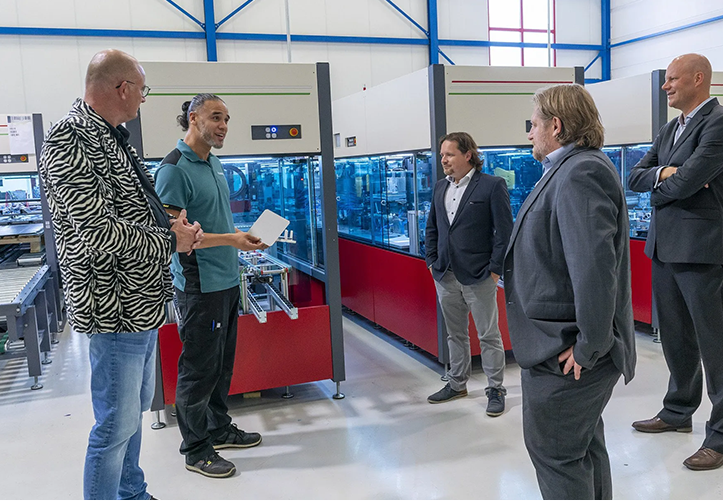
Fully Robotized
We are
Combined performance gain +8,6%
Starting from the same PERC cell, a benefit of up to 8.6% in kWh/m2 can yearly be expected from all DC Solar Systems modules.
This higher module efficiency is enabled by the back contact interconnection system:
Therefore, using a CBS in solar modules enables an improved energy yield,
improved module aesthetics, and improved long-term durability due to reduced thermo-mechanical stresses.
Backcontact combined performance gain:
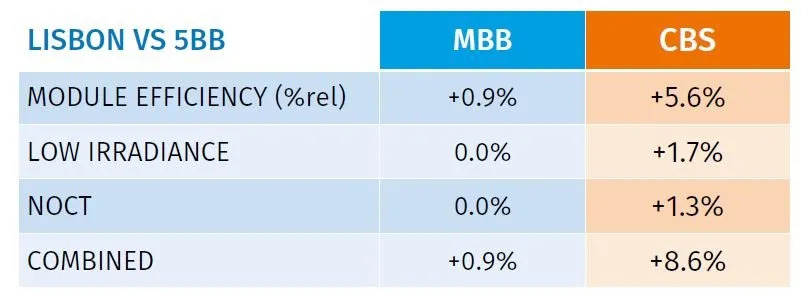
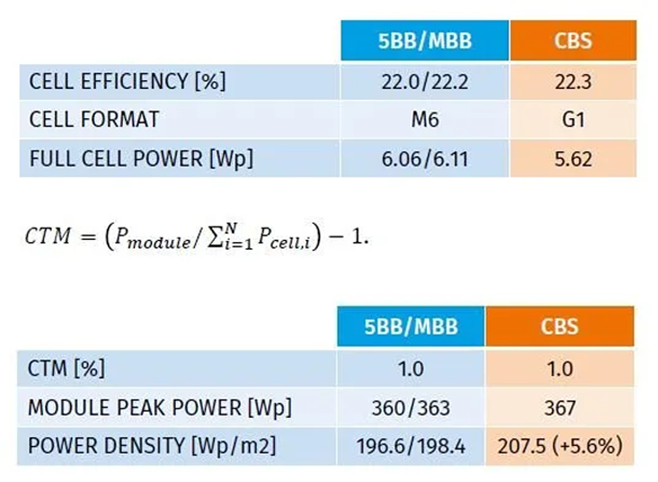
Density
The comparison considers PERC cells that went through the same manufacturing process, with 2 distinctions:
Additional gain of up to 8% for CBS is nowadays very relevant, due to the improved availability of larger cell formats such, as M4 and M6 in the daily operation of DC Solar Systems.
Behavior
Increased Yield (STC, Amsterdam): +2.5%
The use of half-cells is becoming more common in the PV module industry. After all, reducing resistive losses in increases nameplate power at STC.
Due to the reduced cell current, half-cell modules generally have a lower series resistance than full-cell modules. This improves module peak power, but clearly reduces low-irradiance performance.
CBS modules enable a high module power by using full cells. Furthermore, CBS optimizes low-light performance by tailoring series resistance in the design. The effect of the low-irradiance behavior on energy yield has been estimated using PVSyst. The table below shows two simulated annual yields (in kWh/kWp):
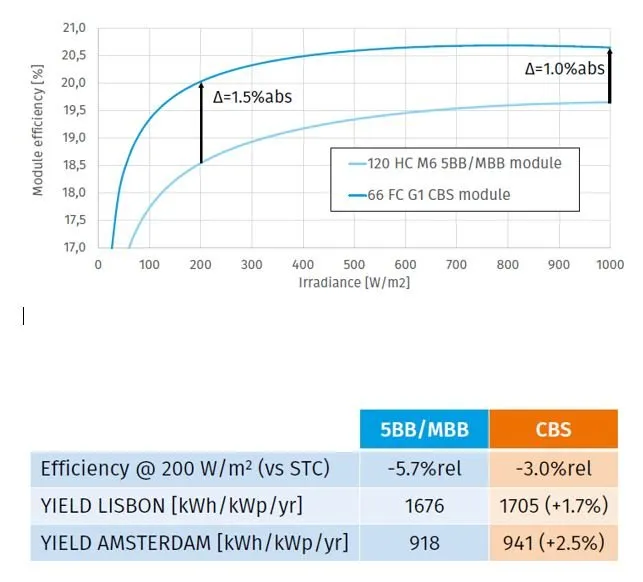

NOCT
A module’s power and energy yield is a result of its operating temperature and temperature coefficient, driven by cell technology. The NOCT (Nominal Operating Cell Temperature) for CBS modules was found to be 5-7ºC (41-44.6°F) lower than for conventional modules, resulting in 3.5% yield increase.
The NOCT is a fine predictor for the operating cell temperature. This is measured at 800W/m2 irradiance, an air temperature of 20°C (68°F), and a wind speed of 1m/s with open backside mounting.
The module power can be expressed as a function of temperature:
𝑃(T)=𝑃(25°C) +𝑐𝑇(𝑇−25°C). In traditional modules, heat is primarily dissipated from the rear of the cells. In a CBS module, the presence of the conductive sheet increases heat spreading.
In section 2, this effect had not yet been included in the simulations (an NOCT of 47°C was assumed for all module). Including the reduced NOCT, see the graph.
Density
In our factory near Amsterdam we assemble solar panels with an extremely high degree of automation (Industry 4.0) and AOC/AI (Auto Optical Inspection/ Artificial Intelligence) control. As a result, our back contact modules are assembled more accurately and continuously monitored for quality.


The ingredients of a traditional solar panels are not always as green as their generated electricity. At DC Solar Systems, we take care of every single aspect of creating a green, durable product. Our supply chain is slavery-free. The majority of the materials are purchased from Europe. Unlike traditional modules, DC Solar Systems® solar panels do not require solder connections (containing lead) for the cells. In addition, our backsheet is fluorine- and PFAS free. The connection cables are halogen-free. Our encapsulation film lacks the usual vinyl compounds. To us, it is furthermore only common that our own production facility runs on green energy.
Partners
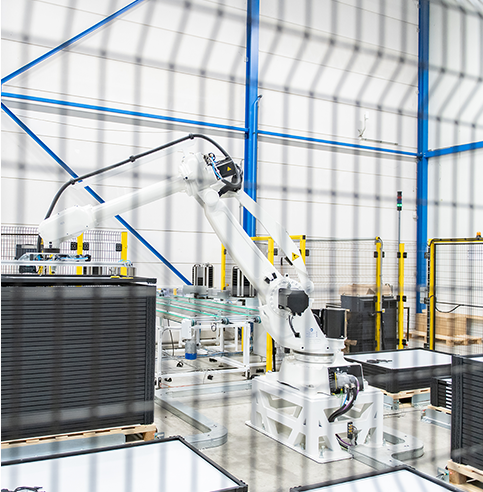

Endurans™ Solar (formerly known as DSM Advanced Solar) is market leader in backsheets for solar modules. Expertise in polymer materials and technology is applied to enable clean, affordable energy for all. Their long-standing track record in polymer science, co-extrusion and solar technology know-how is used to develop and commercialize innovative material solutions for solar manufacturing. The conductive backsheets of Endurans™ enable sturdy, high-efficiency and aesthetically freat solar modules, based on back-contact technology.
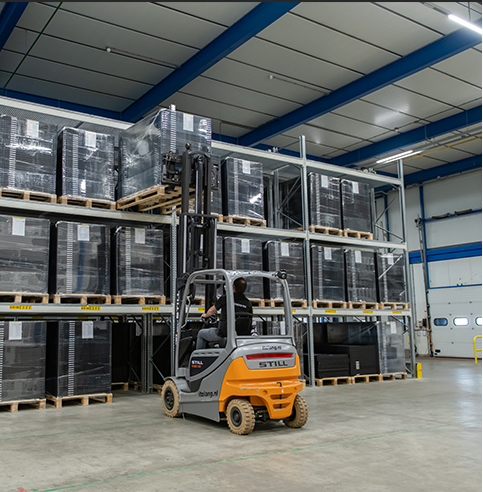

TNO Energy Transition (formerly known as ECN-Petten) works together with DC Solar Systems on innovative technologies for solar cells and modules based on the unique back contact technology, invented by TNO a decade ago…
TNO focuses on increasing the power harvest of solar panels, reducing costs and improving options for integrating aesthetically pleasing PV in the human environment like vehicle-integration and the built environment.

Since 2005, ISC Konstanz is involved in steadily increasing the efficiency of photovoltaics and simultaneously reducing their cost. Positive research outcomes directly benefit the industry and the whole of society. ISC sets global standards and shares knowledge and expertise with the industry, as well as with young international talents.
With DC Solar Systems, ISC shares quite some goals: to make solar clean, and green energy affordable and accessible around the globe: the only way the energy transition can succeed.